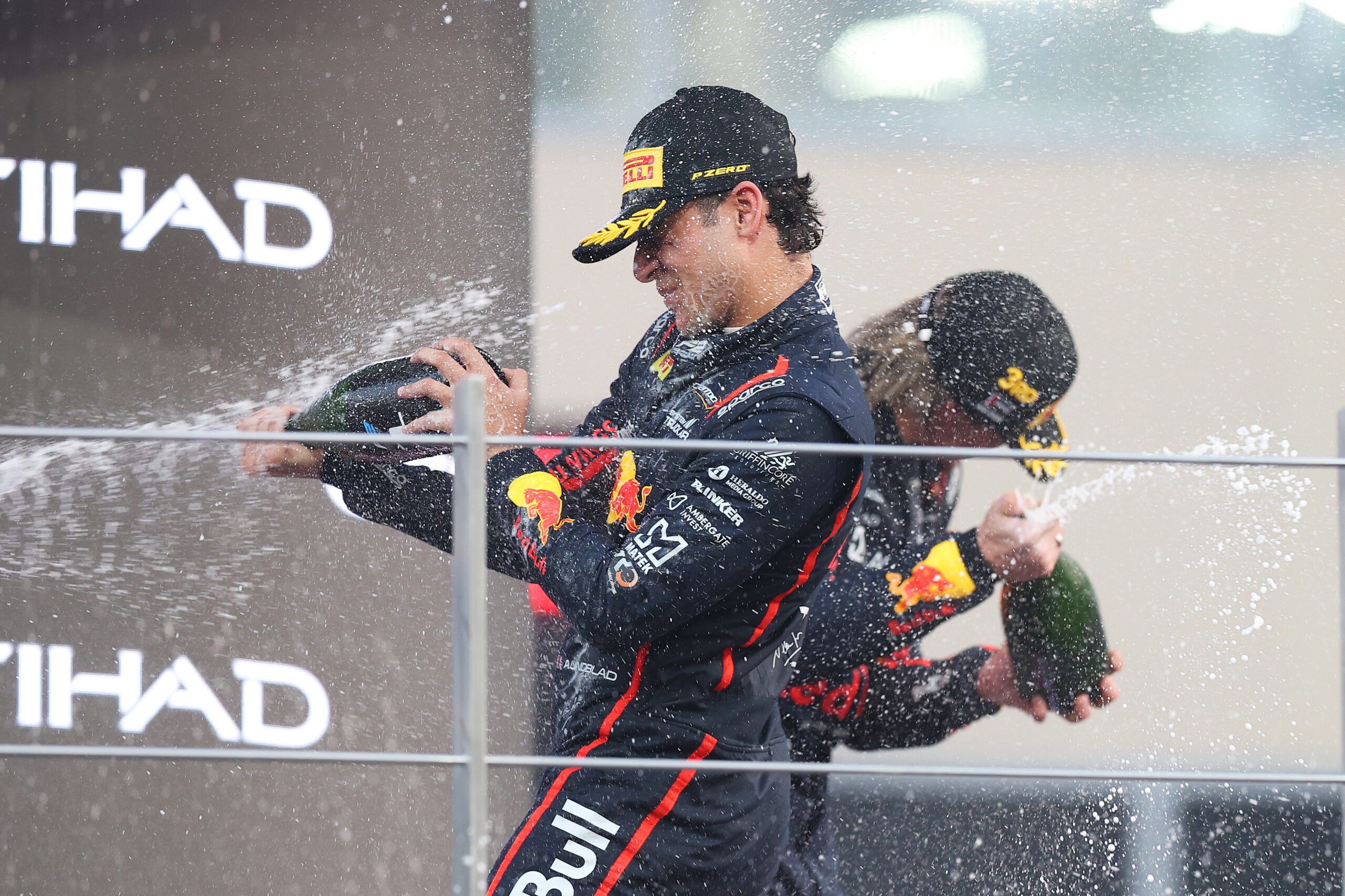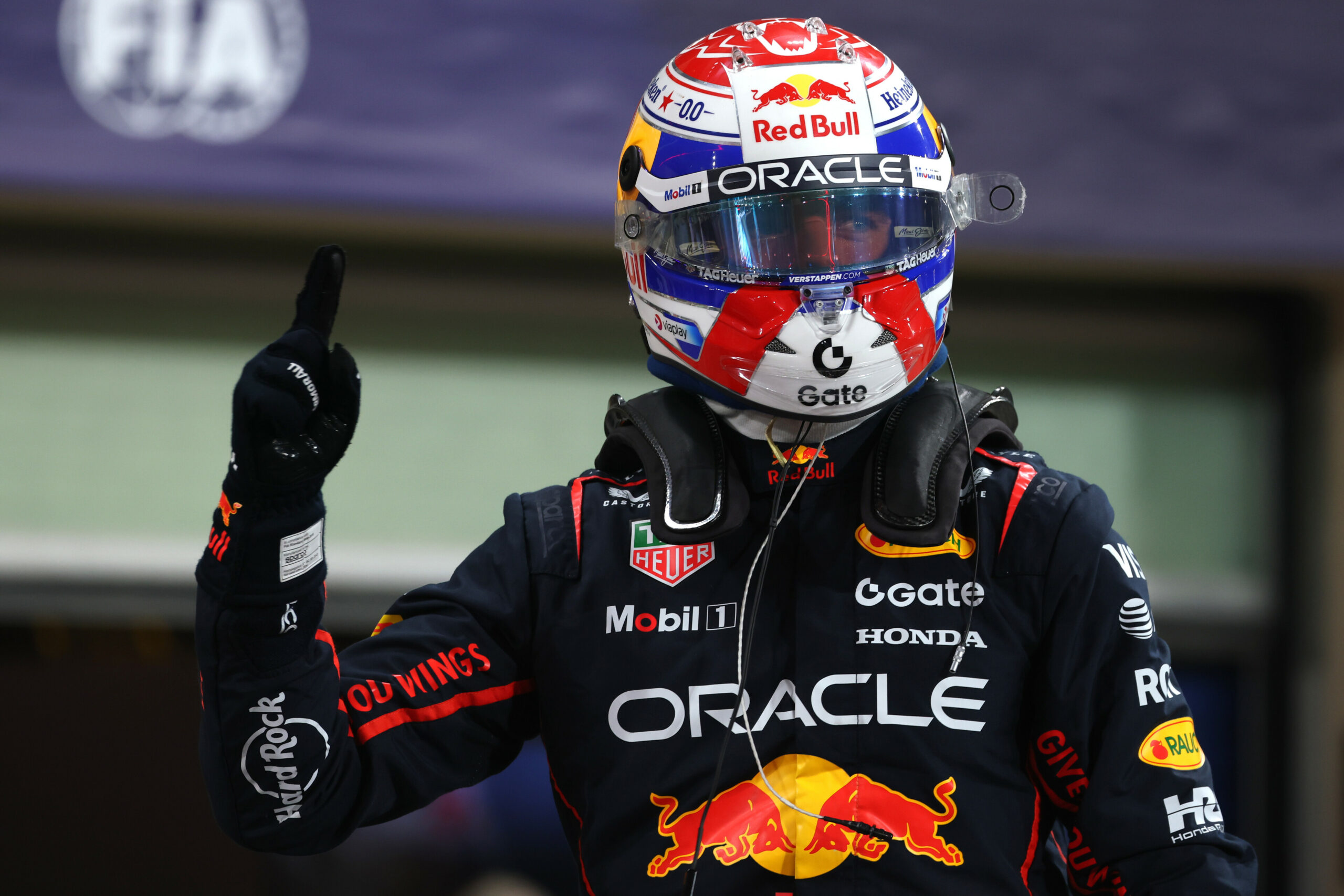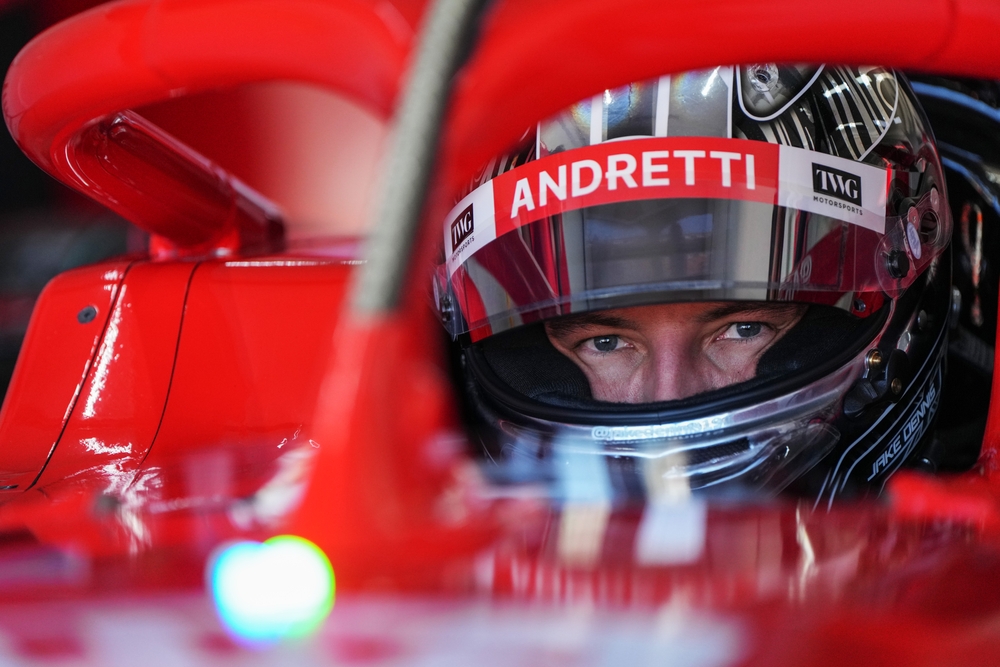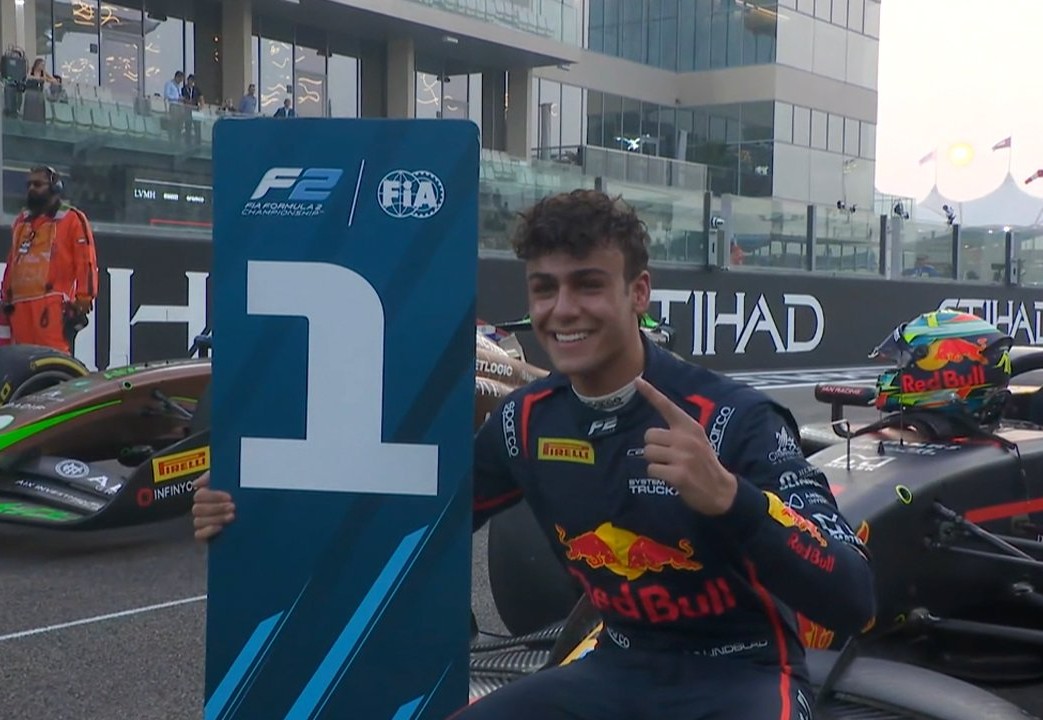Now in the second half of the 2025 FIA Formula 2 season, the conversation around cross-category opportunities for young drivers continues to intensify. While Formula 1 remains the target destination for many in F2, the limited availability of seats has rendered it a nearly unattainable option, especially for drivers without the support of an academy or junior programme. AIX Racing’s Joshua Dürksen exemplifies this group, as he navigates the realities of a sport where talent alone often fails to secure a place at the pinnacle.
This scarcity of F1 seats has prompted drivers to explore alternatives. Increasingly, drivers now consider series like Formula E and the World Endurance Championship (WEC) as viable next steps. Formula E, in particular, has emerged as a sought-after platform for development. Several F2 drivers joined the grid for the 2025 Berlin Rookie Test, held on Monday, 14th July—a day topped by PREMA Racing’s Gabriele Minì, also a member of the Alpine Academy, driving for Nissan. However, these opportunities remain just as limited as those in F1. As a result, some promising drivers, like Dürksen, found themselves on the sidelines once again.
Despite missing out this time, Dürksen spoke candidly about his ambitions and the value of exploring other racing disciplines. Speaking to the media, including Pit Debrief, ahead of the recent 2025 Silverstone F2 Round, he reflected on what these chances could mean for his progression as a well-rounded competitor.
“Yeah, I hope I get this opportunity, because I really would love to test a Formula E car or a different type of car, because I am a racer. I like any kind of cars.”
Eyes on F1, but options open
Although Dürksen remains focused on reaching F1, he recognises the significance of keeping alternative routes available. Competing in other top-tier categories can broaden a driver’s skills and maintain career momentum, especially as the motorsport ladder becomes increasingly saturated.
“Of course, my main target is F1, but you always have to have other doors open. I wish and I would love to do the Formula E test this year, but there has been no approach yet, so I guess I will need to wait until next year.”
Dürksen’s approach echoes a shift in mindset within the junior racing ecosystem. More drivers now accept that diversifying experience enhances long-term prospects. Many who pursue paths through Formula E, WEC, or Super Formula discover their careers grow in parallel to their skill sets. These are no longer considered fallback options, but valuable components of a racer’s portfolio.
The advantages of being in F2
As a competitor in the F2 Championship, Dürksen operates in a high-profile environment. The series’ close alignment with F1 increases visibility and provides drivers with regular exposure to team principals, manufacturers, and decision-makers across multiple racing disciplines. F2’s structure, which places drivers in the F1 paddock during Grand Prix weekends, enhances scouting opportunities significantly.
“But for sure, by being in F2, it gives you always really good chances of just having these opportunities to be testing in other categories. But yeah, let us see if at any point there comes something during this year.”
His presence in F2 puts him in the right place at the right time. Dürksen understands that maintaining strong form in this championship will keep him on the radar for both F1 teams and those in other high-level series. Even without academy affiliation, his consistent performances can act as a calling card for teams seeking adaptable, versatile talent.
Formula E’s unique appeal
Among alternative categories, Formula E appears to be Dürksen’s top choice. The series stands apart due to its electric powertrains, strategic complexity, and exclusive focus on city-centre circuits. Each element challenges drivers in new ways, making the learning curve steep but rewarding. For someone like Dürksen, the appeal lies in the need for adaptability and acute racecraft.
“But for sure, I would love to, because Formula E are really interesting cars, really different ways of driving and strategy and management is also really important there.”
The demands of Formula E—especially its emphasis on energy management, real-time strategic decisions, and tight street circuits—differ greatly from traditional single-seaters. These differences can nurture a driver’s race intelligence, composure, and decision-making under pressure. Dürksen acknowledges this and sees Formula E as more than a backup. Instead, it represents a challenge he actively wants to take on.
A broader view of development
Dürksen’s openness to series like Formula E and WEC is not purely opportunistic. He views the experience of driving a range of cars as essential to becoming a more complete athlete. The technical variety, strategic complexity, and international reach of these categories offer valuable lessons in adaptability, preparation, and performance under varied circumstances.
“And I think just to get different points of view of how somebody can drive quickly with different approaches and everything is really interesting. And I think this also helps for me as a driver, you know, just for my driver development. So, I will never discard any of these options just to be able to keep improving myself.”
This mindset reflects a modern generation of drivers who realise that staying active and evolving is more beneficial than staying static while waiting for F1 doors to open. Dürksen’s maturity and awareness indicate that he approaches his career with both ambition and adaptability.





